In the past few years, I’ve logged more than 25,000 kilometres testing many of the market’s latest electric vehicle (EV) models including the Tesla Model Y, Ford Mustang Mach-E, Mercedes-Benz EQS, Jaguar I-Pace, Volkswagen ID.4, Nissan Leaf, Kia Niro EV, Kia EV6, and more.
If current sales figures (and the increasing amount of questions I get in my inbox) are any indication, there’s a large and rapidly growing number of EV-curious shoppers in the market today, as well as plenty of misconceptions afoot.
Below, I’ll share key thoughts, advice, and real-world testing impressions that I hope will help newly EV-curious shoppers in rural and wintery locales to make a more educated purchase decision. I’ll answer some of the most common questions I’m frequently asked by people who are considering buying their first EV.
What Happens When It Gets Cold Out?
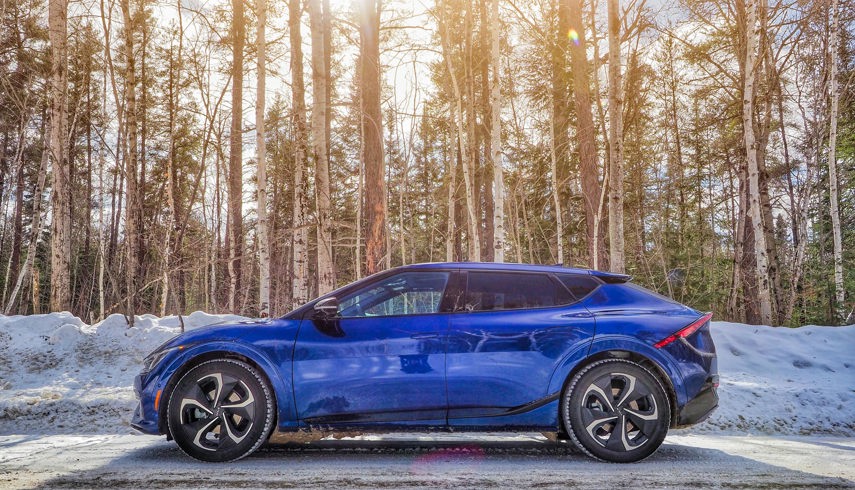
I’ve never met an EV that I couldn’t drive in the winter, but I have learned to expect and anticipate a few things that prospective shoppers might find useful.
“Don’t EVs only go half as far when it’s cold out?” is a common question.
The EV range advertised by the manufacturer is an estimate of the highest driving range achievable in ideal conditions, at room temperature. When it’s cold out, all cars require more energy to drive. In both gas and electric vehicles, that means less range from a charge or tank of fuel.
The coldest temperatures I’ve experienced in an EV were about -27C, enough for the 388-kilometre battery of the Jaguar I-Pace to give me about 230 kilometres of driving on a full charge with the heater blasting to keep the cabin warm.
In a Kia EV6, the 411-kilometre battery was good for about 320 kilometres of full charge range at -10C with the heat cranked.
The Mercedes-Benz EQS can drive up to 547 kilometres on a full charge at room temperature. Around the freezing mark, I was able to do a comfortable 350 kilometres with the heater set to “sauna” and the heated massage chairs working away beneath my backside.
I should stress at this point that my hot-blooded Italian DNA is a poor match for the Northern Ontario winter climate where I live. I’m always cold, and when driving in the winter, I require an oven-like temperature within the car to be comfortable, much to the discomfort of my passengers.
All said, when it’s very cold out, I expect to lose about a third of the vehicle’s rated range. I’ve never seen a 50 per cent reduction, based on EV driving on this side of -30C. If you normally drive less than a few hundred kilometres a day (which is very likely), finding an EV that can handle a week of commuting between charges shouldn’t be a problem, even in the extreme cold.
“Have Fun Charging!”
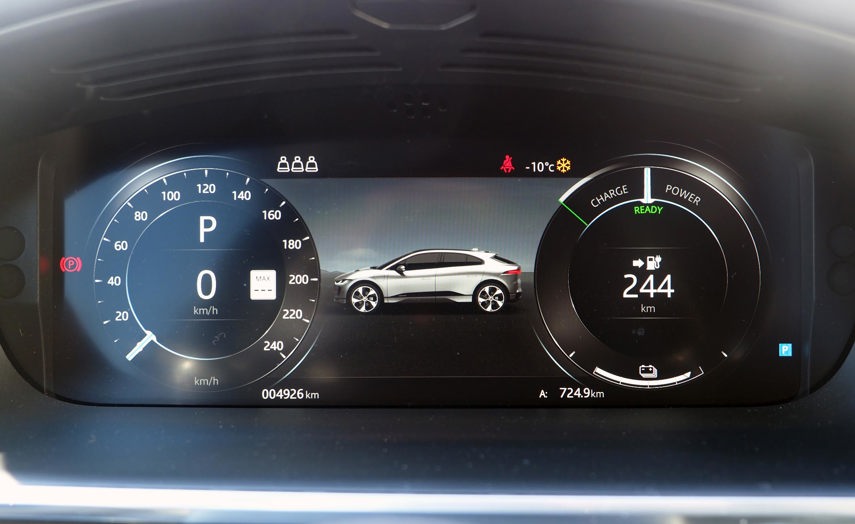
Some friends and readers figure an EV isn’t for them because they assume it takes too long to charge. I often hear the snide “have fun charging” comment, which is a poke at the fact that it can take hours (sometimes days) to refill an EV’s battery.
But with DC fast charging, it can also take as little as 20 minutes to charge an EV from nearly empty to nearly full. Further, virtually every EV on the market today can be recharged from empty to full in your driveway or garage overnight using a Level 2 charger that can be installed affordably.
So, yes, you can actually “have fun charging” your EV. Maybe you’ll watch a movie on the couch, play some Xbox, entertain some friends with a home-cooked meal, or take the family out on a hike while your car is charging.
Or, you could stand in the cold next to a gas pump.
In real life, most EV drivers charge their vehicles at home or work while they’re not using them, so there’s really no waiting around for the car to charge. Most drivers even charge overnight while they’re sleeping so they can take advantage of the off-peak electricity rates.
Us folks in rural areas tend to do a lot of highway driving, and on longer trips, you may need to stop and recharge your EV on the go. Just remember that the added need for on-the-go charging only applies on longer trips, and that even a sub-$45,000 EV model can fast charge, adding hundreds of kilometres of range in 20 minutes, which is enough time for you to take a bathroom break and grab a bite to eat.
Remember, the average Canadian drives less than 50 kilometres a day, so charging isn’t as much of a headache as you may have heard, especially if you have access to home charging.
Running Two Cars
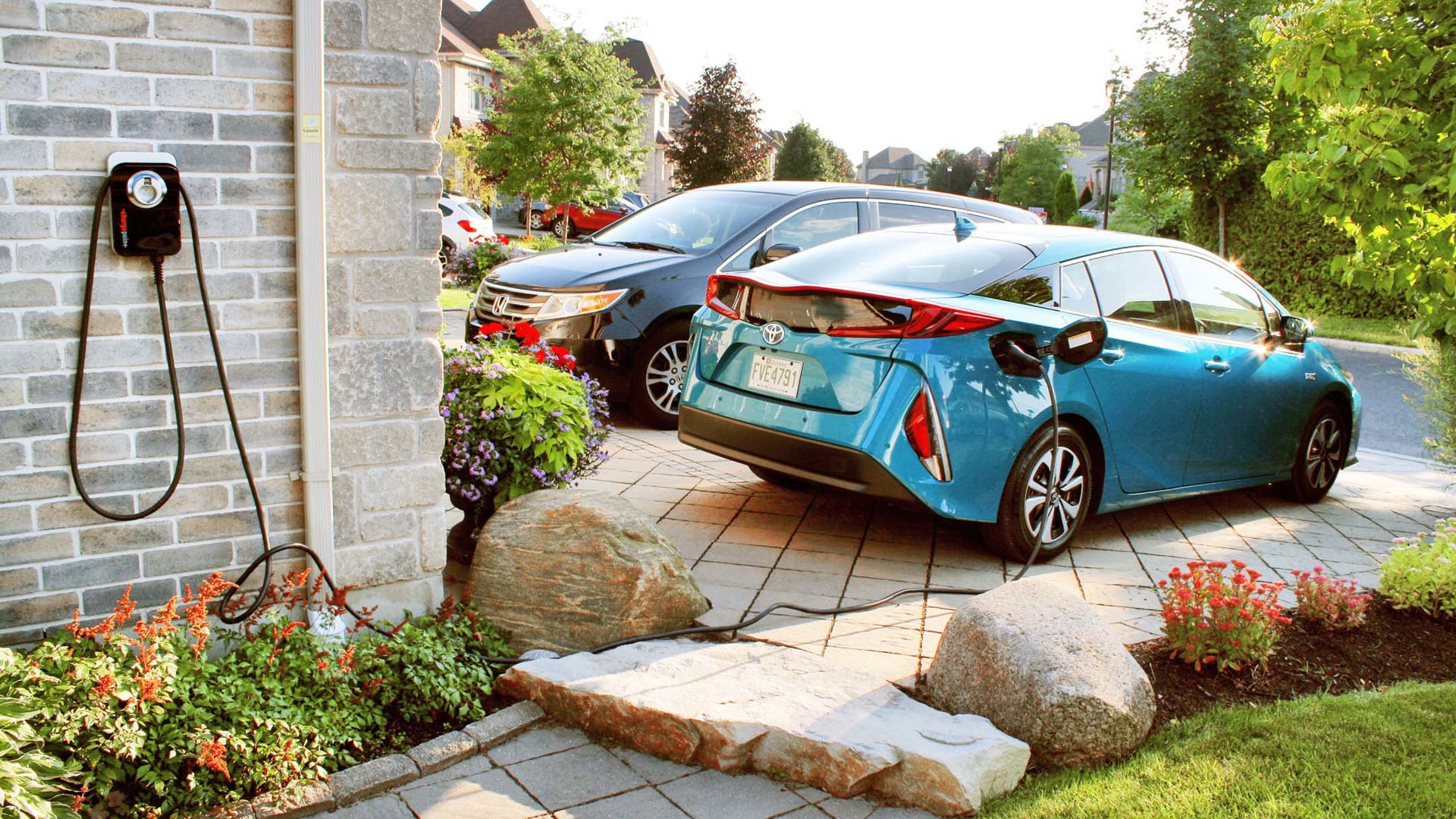
Many EV owners in my locale park their Tesla, Chevrolet Bolt, or Nissan Leaf next to an SUV or pickup truck in the driveway. Many Northern Ontarians frequently tow boats, snowmobiles, and trailers, relying on trucks and SUVs as tools to help with their lifestyle.
One friend, Royce Davila, drives both a Ford F-150 and Tesla Model 3. He and his wife use the F-150 for weekends and the Tesla for commuting and errands.
“The Tesla can’t pull our sleds 400 kilometres north to camp in the winter, and there’s nowhere to charge it up there,” Davila says. “So, we use the Ford for stuff like that, but we use the Tesla as much as we can. It costs me about $25 to drive the F-150 for 100 clicks. In the Tesla, I can drive 100 kilometres for under $2, and the maintenance is what, tires?”
Other friends use Chevrolet Bolts and Nissan Leafs for commuting, leaving the cars plugged in at work and at home. For these drivers, EVs make for a low-cost, nearly zero-maintenance commute, but for those drivers like Davila, having an EV as a secondary vehicle makes a lot of sense.
Charging Infrastructure
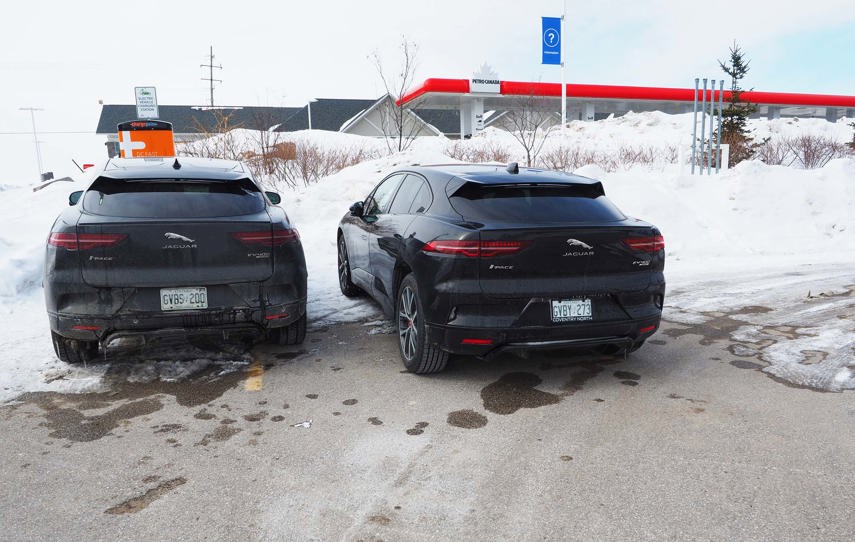
Nearly all of my EV-related travel stress on extended highway trips involves the charging infrastructure where I live. In my part of Northern Ontario, charging stations are widely spread out north of Barrie towards Sudbury, with even fewer charging stations located in areas further north, the direction many of us head on weekends and holidays.
So, up here, we’ve got a lot of highways and not so many charging stations. Further north, charging stations become very sparse. Even one broken or malfunctioning charger can seriously muck up your plans.
I’ve experienced this multiple times from two Petro Canada DC fast chargers I commonly rely on, a pair located near Parry Sound, Ont. After dozens of uses, I’ve encountered error codes, random malfunctions, payment system issues, and even “Out of Order” signs taped over powered-off touchscreens more than a few times. I’ve found other nearby chargers to be fussy, broken, or even buried in snow or blocked by other vehicles.
So, I’ve learned to reduce my long-distance EV travel stress levels by always assuming my charger of choice will be out of service, knowing where the nearest backup is, and planning to maintain a minimum 100-kilometre range surplus beyond what I need to get home in case of a broken charger or detour along the way.
If you live in a major city or in a more central part of your province, chances are you’ll have much easier access to charging infrastructure along your common drive routes.
Tesla owners in my part of the province can expect a more easygoing charging and travel experience. Presently, the route between Toronto and Sudbury is well covered by the Tesla Supercharger network, with multiple stations featuring many chargers. I’ve found the Tesla charging experience in my locale to be a key advantage; the charging process is more straightforward, charging is consistently lightning-fast, and the stations are placed in closer proximity to points of interest like hotels, shopping, and coffee shops.
If I were considering buying an EV today, a Tesla would be high on my list, primarily for its more convenient and more reliable charging network.
Would I Buy an EV Right Now?
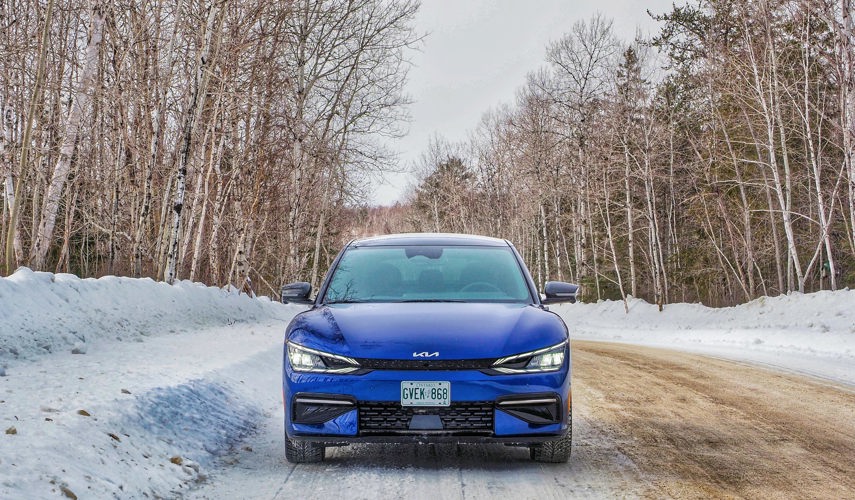
I’ve saved the most popular question for last. My answer? Not yet. And trust me, I’ve been doing some thinking.
The specific reason why I can’t make the jump to an EV now relates to my locale, lifestyle, and how I use my personal year-round car. Your results may vary.
Relative to where and how I drive, I’ve determined that I need an EV that could handle a comfortable 550 kilometres on a charge, even in extreme cold. That’s because I frequently visit family further north, a round trip that covers over 500 kilometres, and one that’s totally free of any EV charging infrastructure.
In some parts of the country, this is a non-issue. For me living in a rural area, it’s added complexity and time when visiting family up north. At the moment, I figure I’ll wait a few years for EV pricing, range, and infrastructure to improve.
I’m also a one-car household. If I had a second gas-powered vehicle, I’d probably go pick up a Tesla Model 3 or Ford Mustang Mach-E right now. So, in the meantime, I think my next car will be a plug-in hybrid (PHEV), instead. This way, I’ve got solid all-electric range for shorter drives and seamless gasoline power and range for longer trips.
For now, a PHEV can help rural drives like me bridge the gap between gasoline and fully electric.

